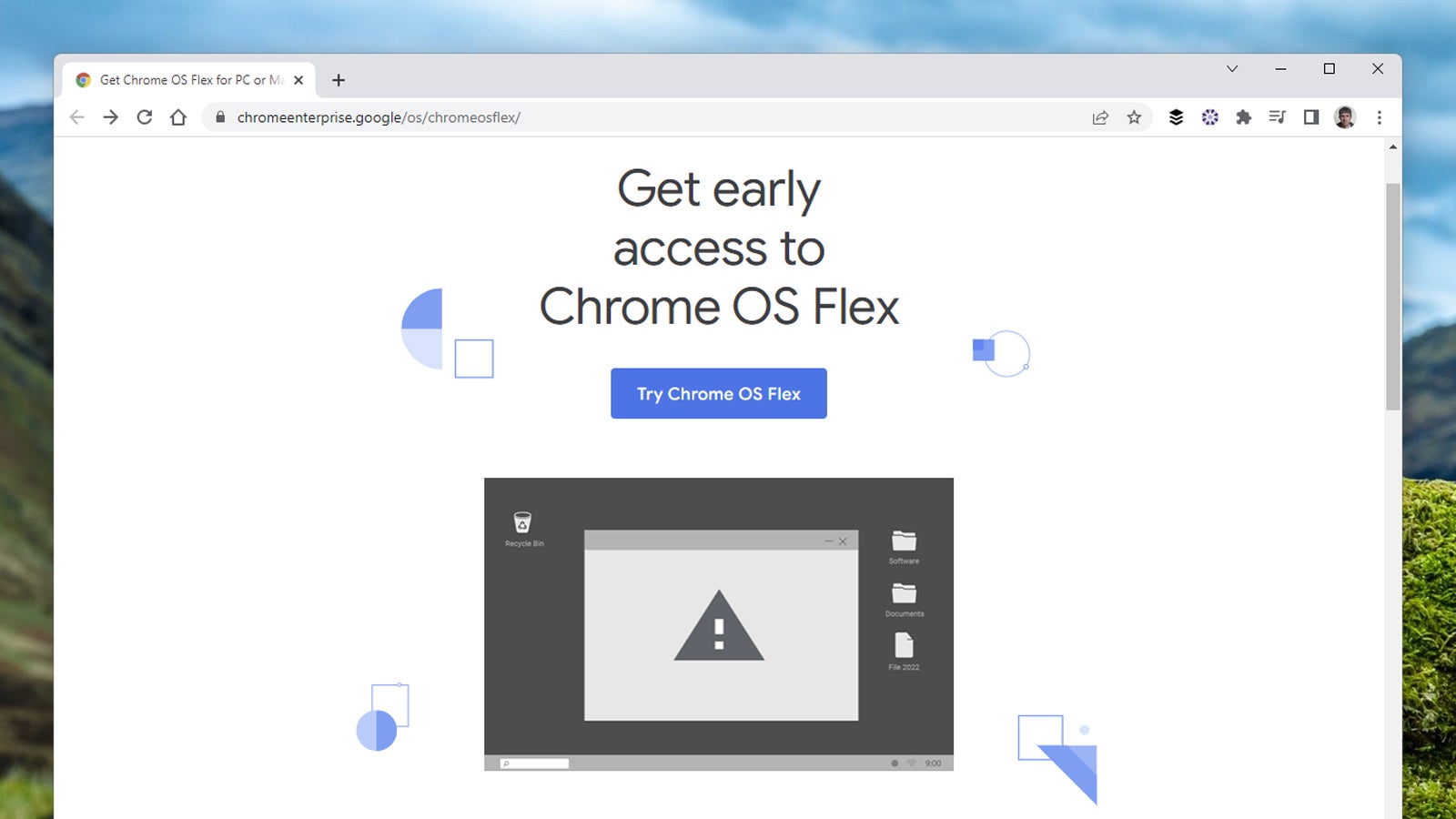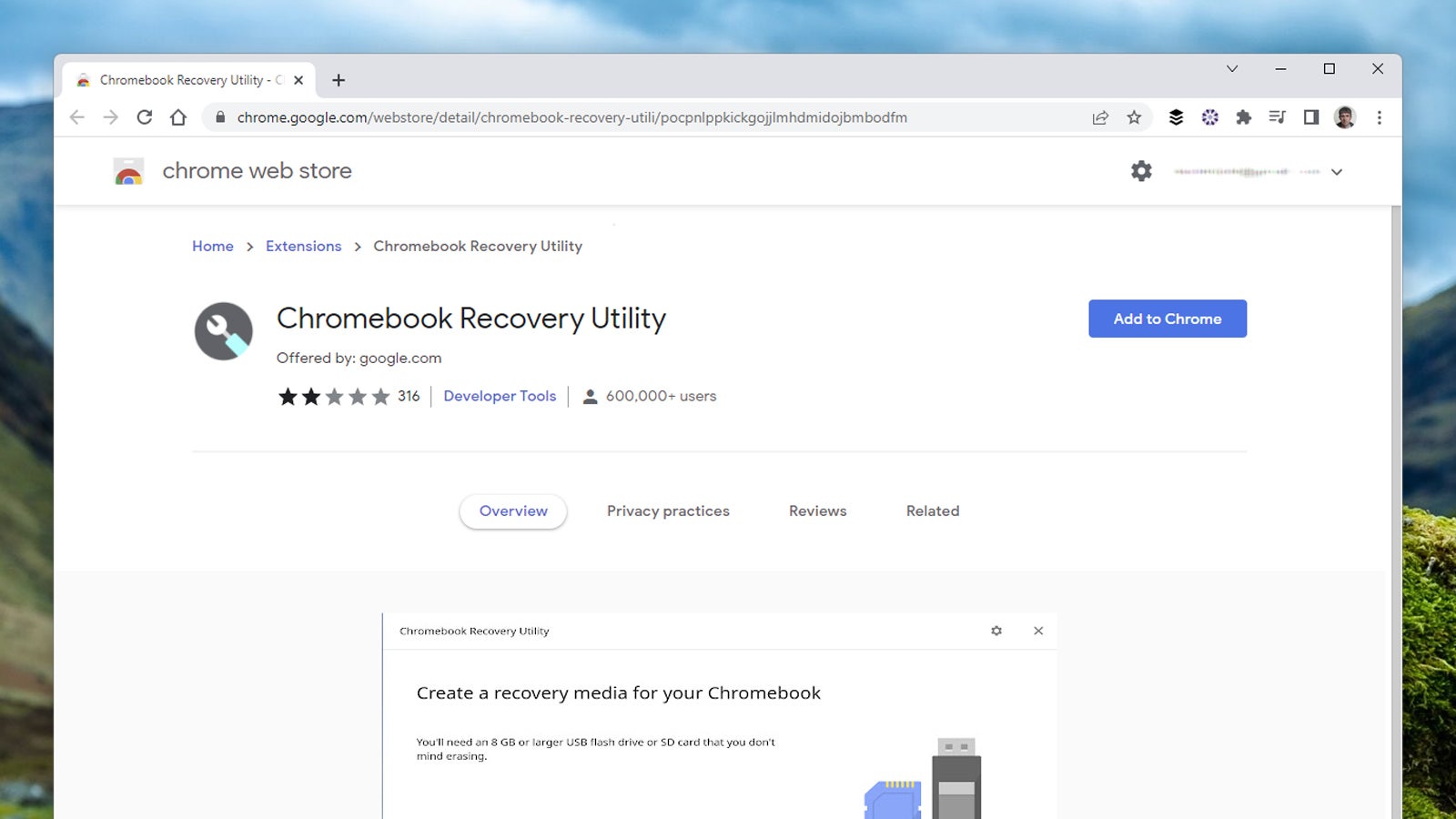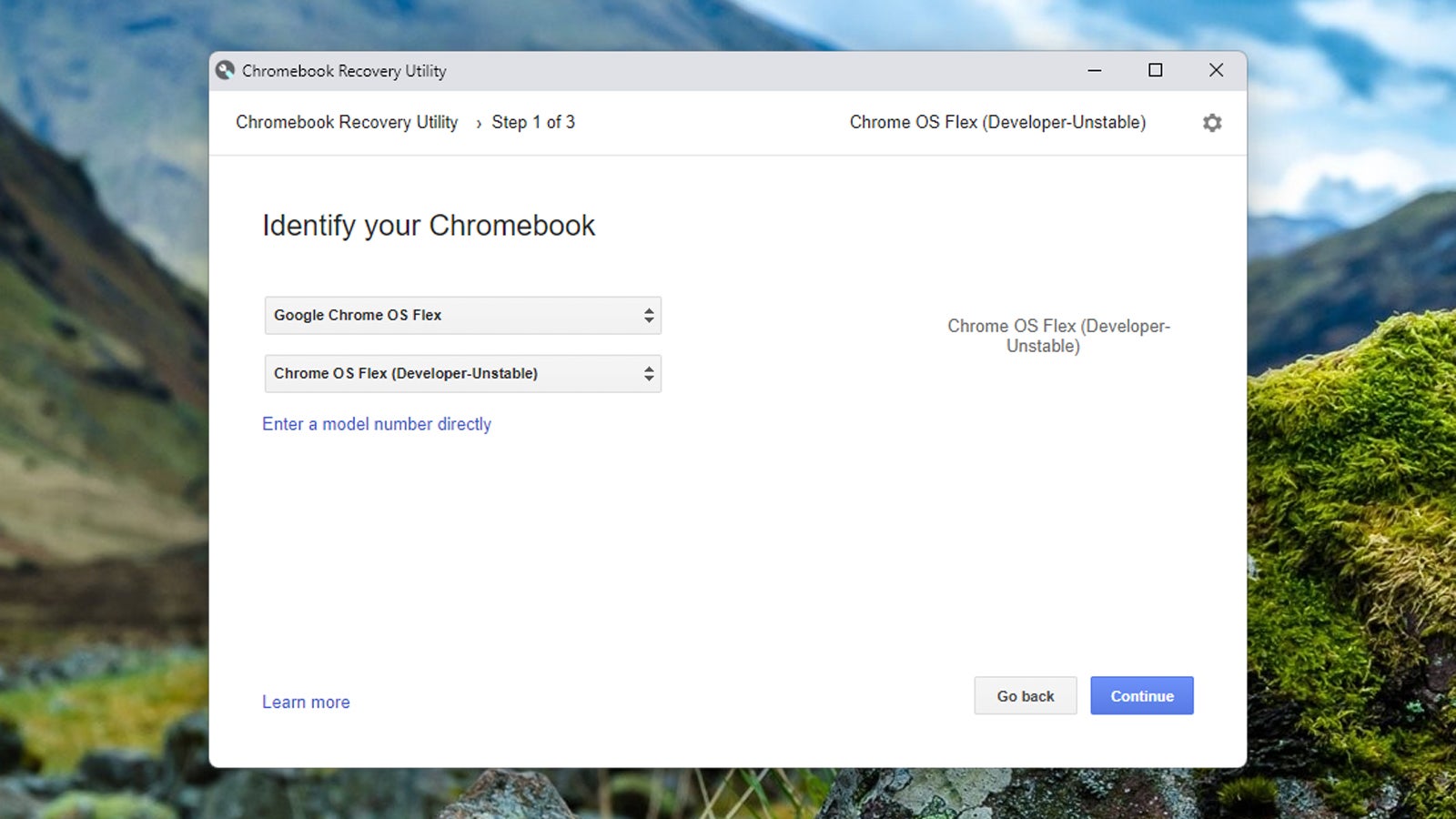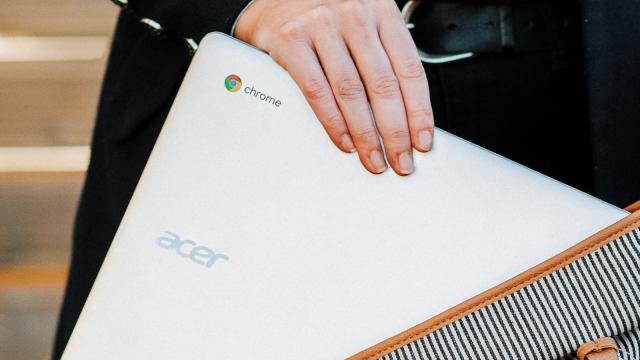It’s not pleasant seeing a once-beloved laptop (or desktop) computer slowly slide into obsolescence as it gets too old and tired to keep up with the demands of modern-day computing, but Google has now provided an option for these ailing machines in the form of Chrome OS Flex.
Chrome OS Flex is the standard Chrome OS that runs on Chromebooks, in a form that you can install on computers that aren’t Chromebooks. The idea is that the lightweight operating system won’t weigh your old device down to the same extent as Windows or macOS. It’s essentially just a web browser, and hey presto, your laptop or desktop has a new lease on life.
We should warn you that this project is in its very, very early stages: Google says it’s in “early access” mode and is “still unstable” at this point. As a result, you should expect some weird behaviour and bugs — at the moment, this is really something to attempt on laptops that you’re otherwise going to get rid of.

That said, you can try it. Google has a list of computer models that it plans to eventually certify for Chrome OS Flex. It has also published some minimum requirements for the operating system: An Intel or AMD x86-64-bit compatible device, with at least 4GB of RAM and 16GB of storage space, with the ability to boot from a USB drive.
If your Windows or macOS device meets those requirements, you can give Chrome OS Flex a go. Be sure though that you don’t need the laptop any more in its current state, and that you’ve moved all the important data on it somewhere else before attempting this.
The same limitations that apply to Chrome OS apply to Chrome OS Flex — you’re not going to be able to run full desktop applications for example, and the software will default to saving files in the cloud. However, you might find it’s got everything that you need, and it means you can carry on using your existing hardware.
Create a Chrome OS Flex installation drive

Find yourself a USB drive with 8GB capacity or more, and get all the files you need off it before proceeding. Plug it into a Chromebook, Windows PC or Mac (it doesn’t necessarily have to be the laptop you’re installing Chrome OS Flex on), then visit the Chrome web store: Find the Chromebook Recovery Utility, click Add to Chrome, and then Add extension.
With that process completed, launch the utility: You should be able to find it by clicking the extensions button on the Chrome toolbar. Work your way through the setup wizard that appears on screen, and when you’re asked to identify your Chromebook, choose Select a model from a list. The options you want are Google Chrome OS Flex for the manufacturer and Chrome OS Flex (Developer-Unstable) for the product.
You’ll also need to pick the USB drive you want to use, and the installation drive can then be created. The software takes a few minutes to download the necessary files and install them on the USB drive, and you’ll see a message when you can take the drive out of its port. The next stage is getting Chrome OS Flex up and running on your old laptop.
Installing Chrome OS Flex

Perhaps the hardest part of installing Chrome OS Flex is figuring out how to get your computer to boot from the USB drive that you’ve just created. On a Mac, you hold down the Option key as your computer is rebooting; on Windows PCs, the key you need is usually F2, Esc or Del (the instruction manual or a quick search on the web should help if you’re not sure).
Choose the USB drive as the boot device, and you should see a screen welcoming you to CloudReady — the technology used to deploy Chrome OS Flex. Click Get started and you’ve then got two options: Try it first, lets you try Chrome OS Flex without wiping anything from your old computer. You can make sure everything is working as it should in terms of the display and the peripherals, but you don’t get all of the features of the operating system (you won’t get automatic updates for example).
Pick Install CloudReady 2.0 instead of Try it first and Chrome OS Flex will be fully installed, wiping everything that’s already on the computer. When you see a message indicating the process is complete, take out the USB drive, reboot your computer, and you can start using Chrome OS Flex. As on a standard Chromebook, you’ll be asked to sign in using a Google account to get started. If you need more assistance, check here.
This article has been updated since it was first published.
